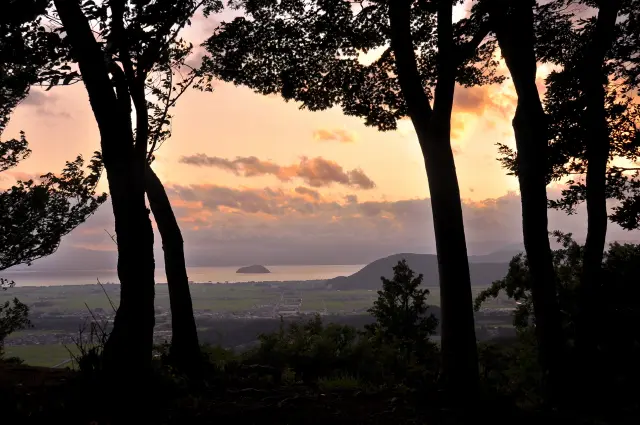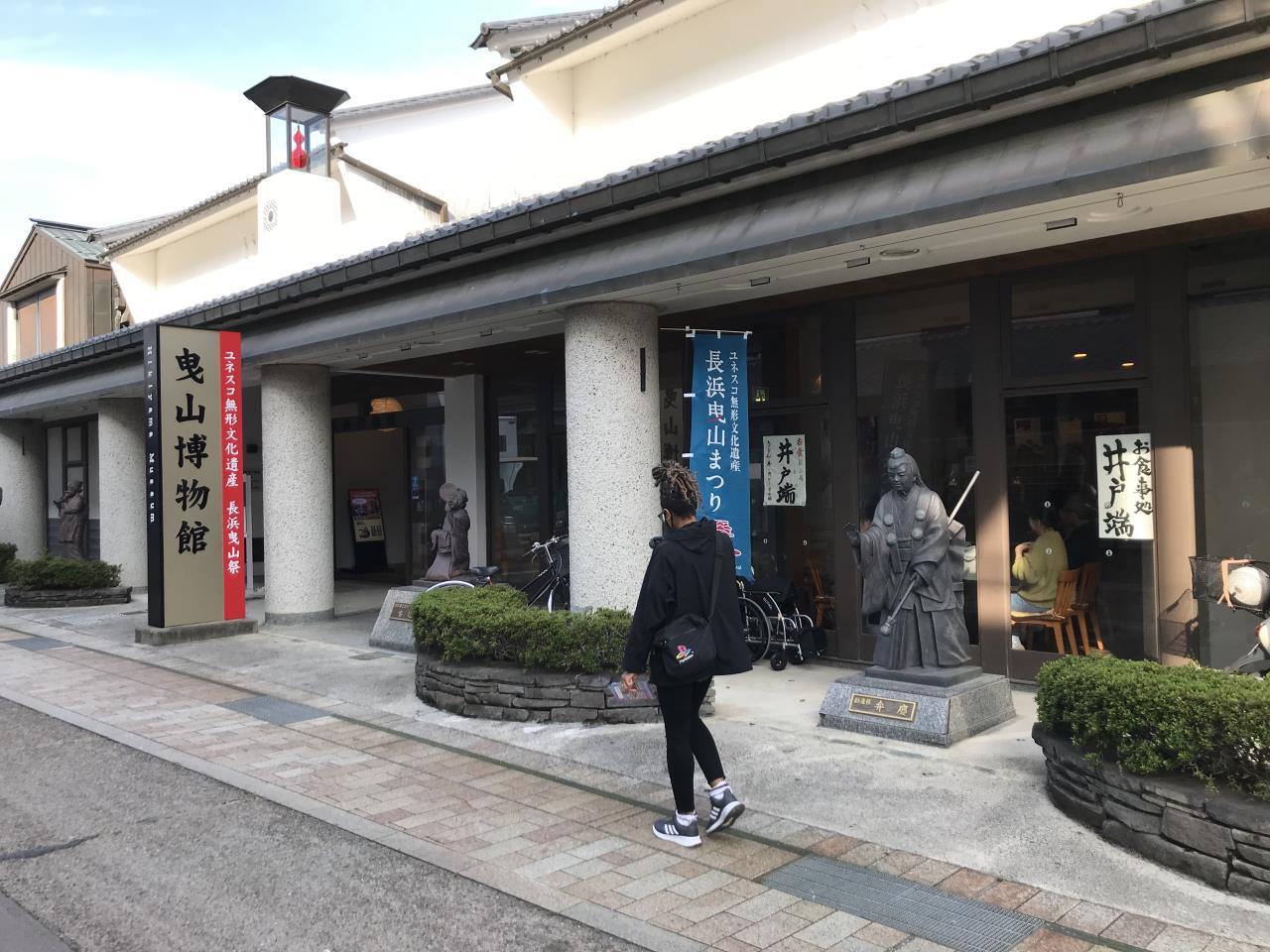
Hikiyama—Moving Art That Brings Together the Best of Traditional Crafts
Last update
Japanese festivals often involve hikiyama—wheeled wooden floats in which Japanese deities, or kami, are enshrined. Those that are carried on people’s shoulders are known as mikoshi, and are used to move kami from one shrine to another. Essentially, hikiyama are elaborately decorated mikoshi, which have been fitted with wheels to make them easier to move. Shiga Prefecture is host to a number of festivals featuring magnificent hikiyama.
Calendar of Major Hikiyama Festivals in Shiga Prefecture
-April 14–16: Nagahama Hikiyama Festival
-April 19–20: Minakuchi Hikiyama Festival
-May 2–3:Hino Festival
-Three weekend days in October: Otsu Festival
As one of the Yama, Hoko and Yatai float festivals, the Nagahama Hikiyama Festival has been registered as an UNESCO Intangible Cultural Heritage of Humanity.
Children’s Kabuki—The Highlight of the Nagahama Hikiyama Festival
The Nagahama Hikiyama Festival takes place at Nagahama Hachimangu Shrine, and various Shinto rituals begin from April 9. The hikiyama are pulled along and displayed between the 14th and the 16th. Extraordinarily beautiful, fans of traditional arts and crafts are encouraged to see them up-close. The stunning carvings and metal fittings are thought to be the work of master craftsmen from the Edo period (1603–1868), while, in addition to majestic Japanese paintings and textiles, the floats also feature European tapestries from the 16th century and even ancient Persian rugs. It is no wonder that the festival is affectionately known as a “moving art gallery.” One of the greatest parts of this festival is the children’s kabuki theater, which takes place on the stages of these floats. As the children take to the stage, hordes of spectators break into loud cheers. The children are dressed in beautiful attire, and this together with their white makeup and unique kabuki movements makes for a quintessentially Japanese experience. Across the three days of the festival, the hikiyama are moved around and the kabuki performances can be seen throughout the city. In total, there are 13 hikiyama floats, although one of these doesn’t have a kabuki stage. The float without the kabuki stage appears every year, but of the remaining 12, only four are displayed at the festival, and these are replaced each year. This allows visitors to see different hikiyama floats each year.

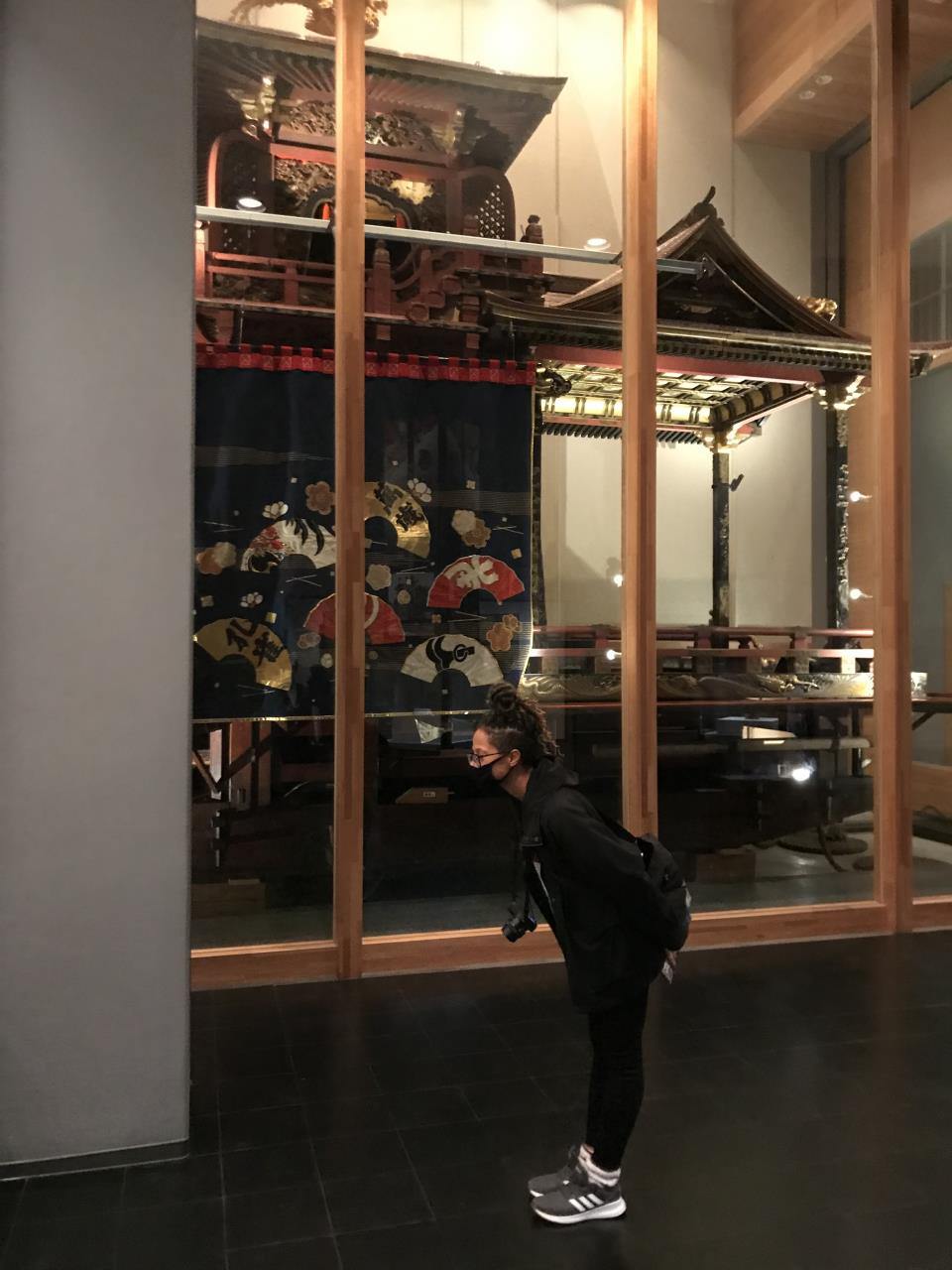
Viewing Hikiyama Outside of the Festival
Two of the hikiyama floats featured at the Nagahama Hikiyama Festival are on permanent display at the Nagahama Hikiyama Museum, allowing visitors to view them up-close and in detail. The museum is also home to a repair room, where floats from all over the country are dismantled and repaired, and depending on the time year, visitors can see this work through a window. This repair room presents a fantastic opportunity to see work being done on traditional Japanese arts and crafts.
The Minakuchi Hikiyama Festival, meanwhile, has a total of 16 hikiyama floats at its disposal, of which five are on display every year. One of these floats is on permanent display at the Minakuchi Museum of History and Folklore.
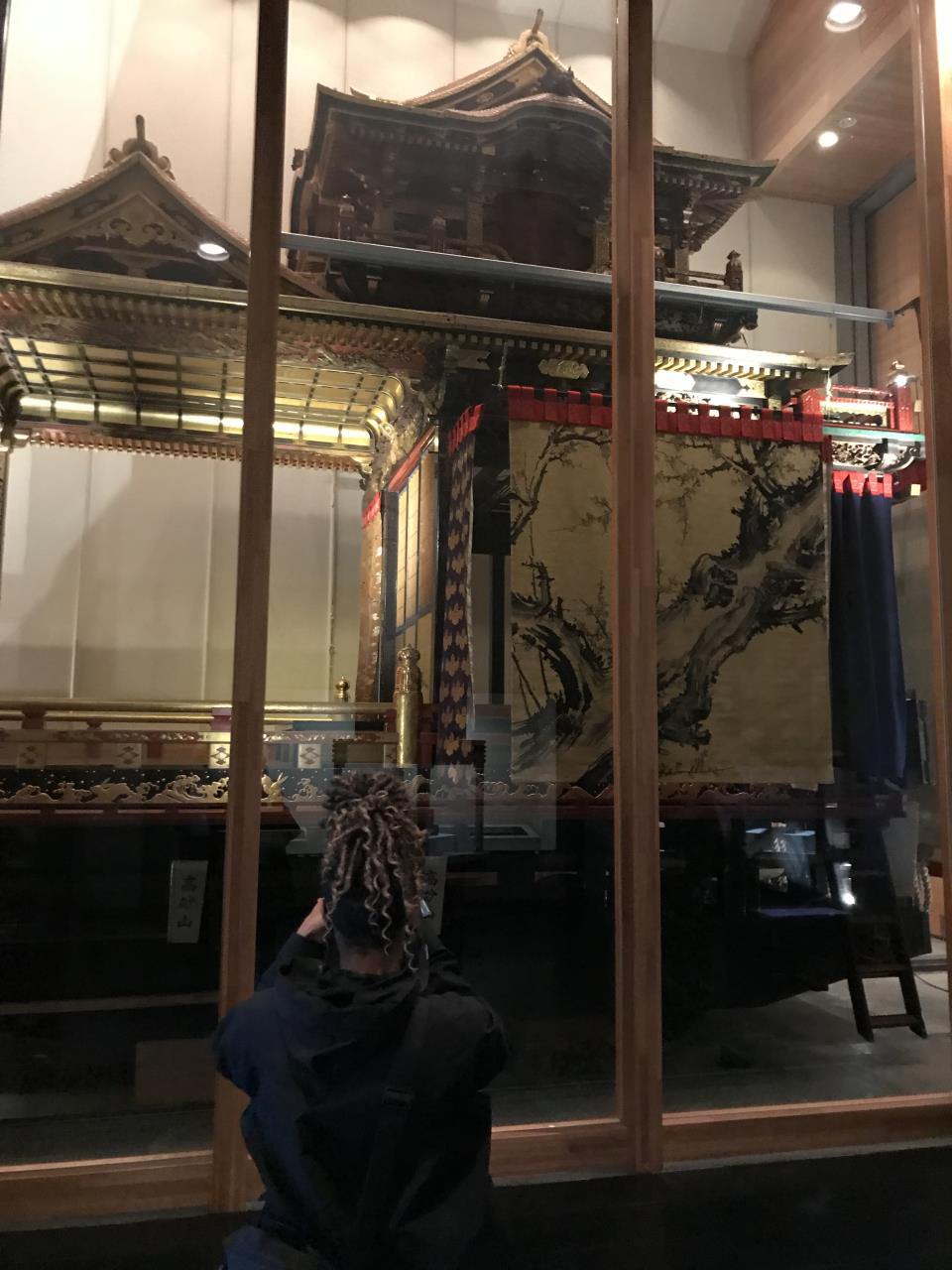
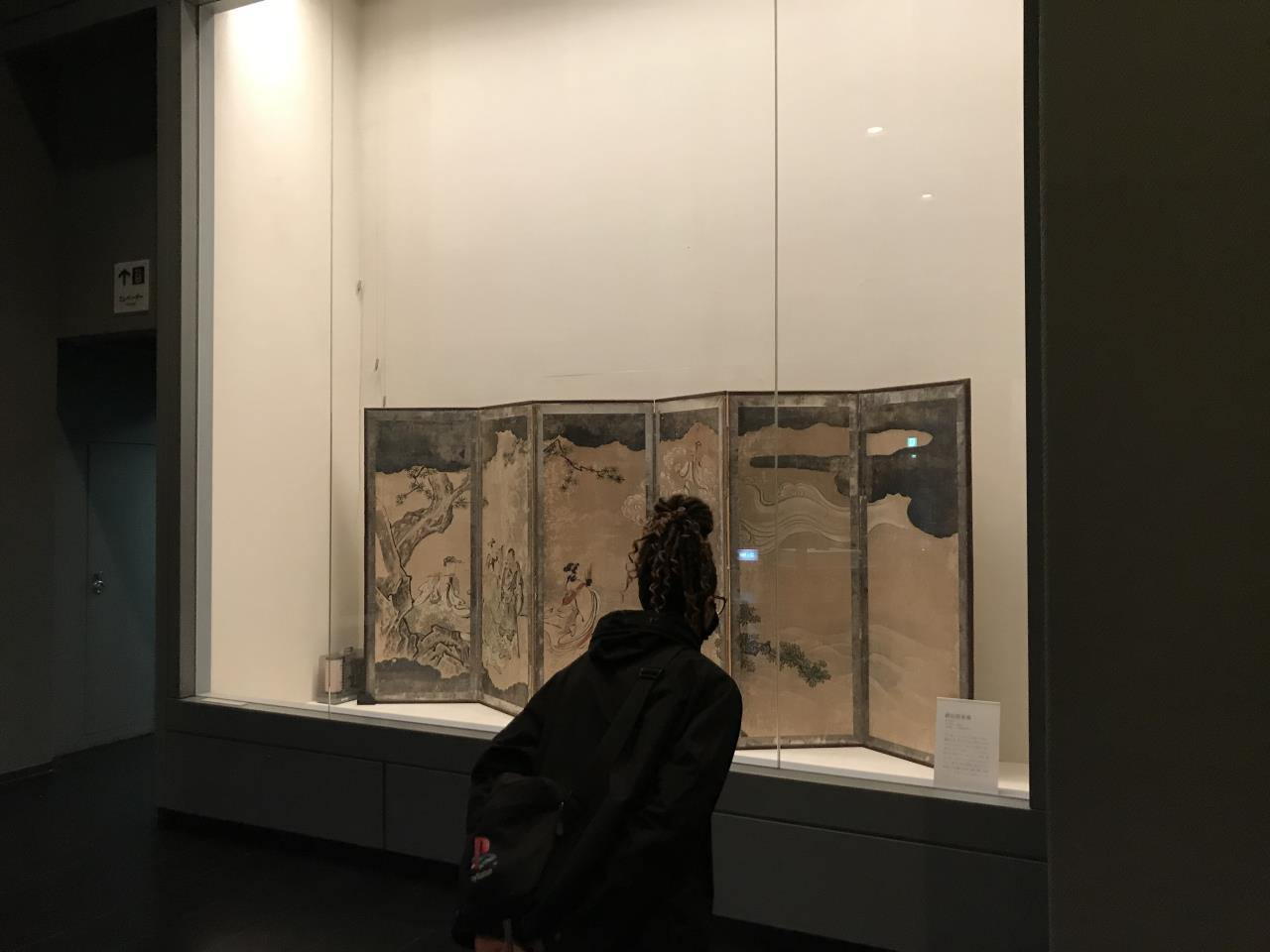
At the Otsu Festival in October, 13 floats loaded with karakuri puppets parade through the city. These are some of Japan’s oldest, most famous puppets, and the fact that they can move so delicately simply via the use of springs is frankly beyond belief. At the Otsu Matsuri Hikiyama Pavilion, visitors can see full-size models of hikiyama, as well as videos of karakuri puppets. The festival itself, meanwhile, recruits volunteers every year to help pull the floats. Interested parties must attend a meeting in the middle of September, and so those who are set to stay in Japan long-term are encouraged to take part.
Check also...
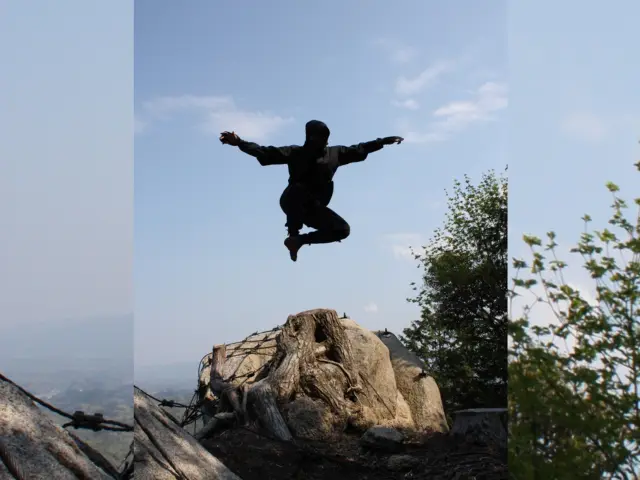
🥷 Walk in the Footsteps of Real Ninja: Discover Koka’s Hidden Legacy

Consider your accommodation in the Kansai area!

Restrictions on Large Baggage

Hidden Stories in Stone: Exploring Japan’s Castle Walls

Feel Like a Lord: Castle with Stunning Panorama Views
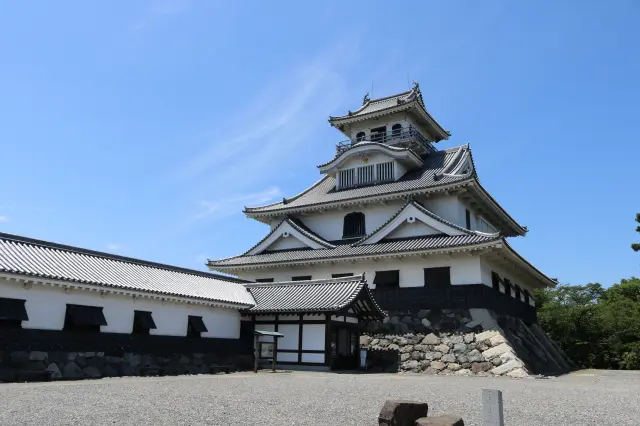
Castles of Toyotomi Hideyoshi
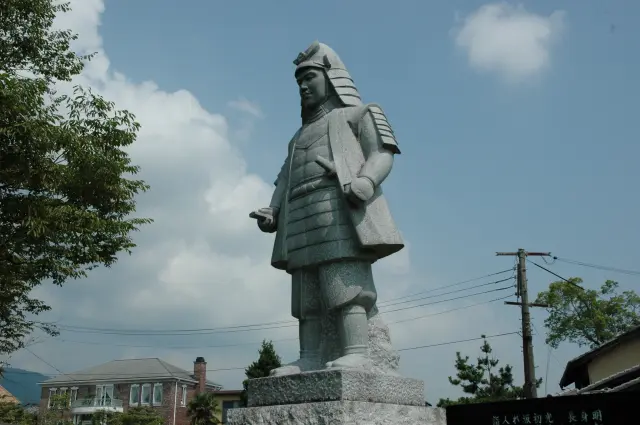
Castles of Akechi Mitsuhide
